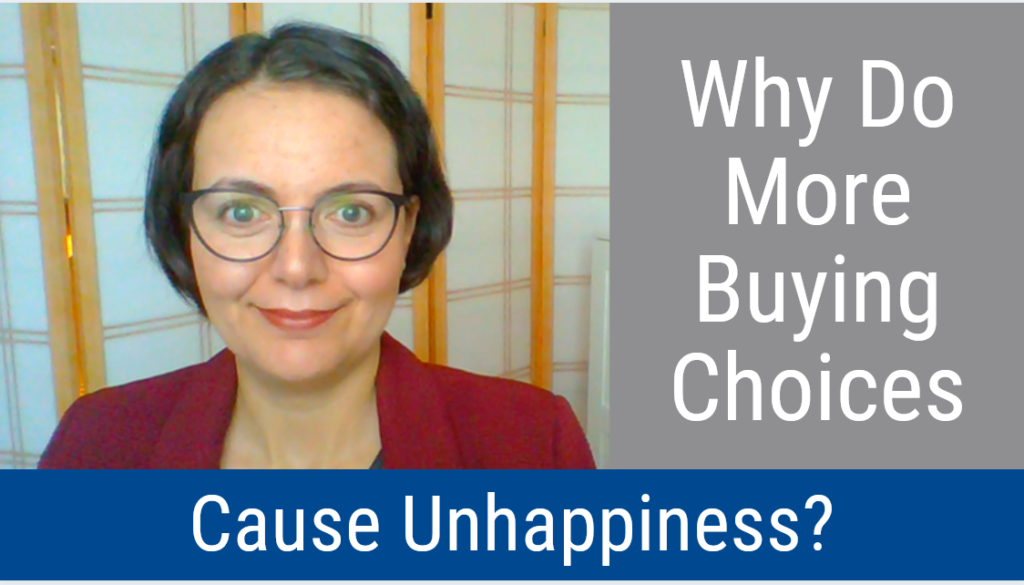Wise Decision-Making
Are You Feeling COVID Anxiety? (Video and Podcast)
Deal with COVID anxiety and stress immediately by addressing your fundamental needs of safety, connection to others, and self-esteem. That’s the key take-away message of this episode of the Wise Decision Maker Show, which describes what to do if you are feeling COVID anxiety.
Read MoreShould You Be Worried About the New COVID Strains?
We greatly underestimate the dangers of the new COVID strains due to cognitive biases such as normalcy bias, hyperbolic discounting, and planning fallacy. We need to change our plans drastically to adapt to the new reality.
Read MoreWhat Are You Paying Attention to During This Pandemic? (Video and Podcast)
Defend your organization from disastrous leadership decisions by paying attention to what’s important during this pandemic. That’s the key take-away message of this episode of the Wise Decision Maker Show, which describes how to make sure that you are paying attention to what matters during this pandemic.
Read MoreAre You Feeling COVID Anxiety?
Deal with COVID anxiety and stress immediately by addressing your fundamental needs of safety, connection to others, and self-esteem.
Read MoreAre You Anchoring Your Business to the Wrong Data? (Video and Podcast)
Anchoring keeps you shackled to initial information and keeps you from moving forward. Make the best decisions to propel your company by breaking free from this mental blindspot. That’s the key take-away message of this episode of the Wise Decision Maker Show, which describes how to avoid anchoring your business to the wrong data.
Read MoreAre You Paying Attention to What Matters in This Pandemic?
Defend your company from disastrous leadership decisions by paying attention to what’s important during this pandemic.
Read MoreDefending Yourself From Misinformation via Neuroscience (Video and Podcast)
You can protect yourself from misinformation by considering alternative interpretations, being suspicious of repetition, and taking the Pro-Truth Pledge. That’s the key take-away message of this episode of the Wise Decision Maker Show, which describes how to defend yourself from misinformation via neuroscience.
Read MoreWhy Do More Buying Choices Cause Unhappiness? (Video and Podcast)
More buying choices lead to less happiness. To make better shopping decisions, satisfice and limit your options. Look for products that are good enough. That’s the key take-away message of this episode of the Wise Decision Maker Show, which describes why more buying choices cause unhappiness.
Read MoreAre You Anchoring Your Business to the Wrong Data?
Anchoring keeps you shackled to initial information and keeps you from moving forward. Make the best decisions to propel your company by breaking free from this mental blindspot.
Read MoreHow Your Household Can Survive and Thrive During This Pandemic (Video and Podcast)
You can survive and thrive in the new abnormal of the pandemic by identifying and addressing fundamental needs of your household: safety, connection, and self-esteem. That’s the key take-away message of this episode of the Wise Decision Maker Show, which describes how your household can survive and thrive during this pandemic.
Read More







